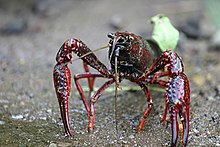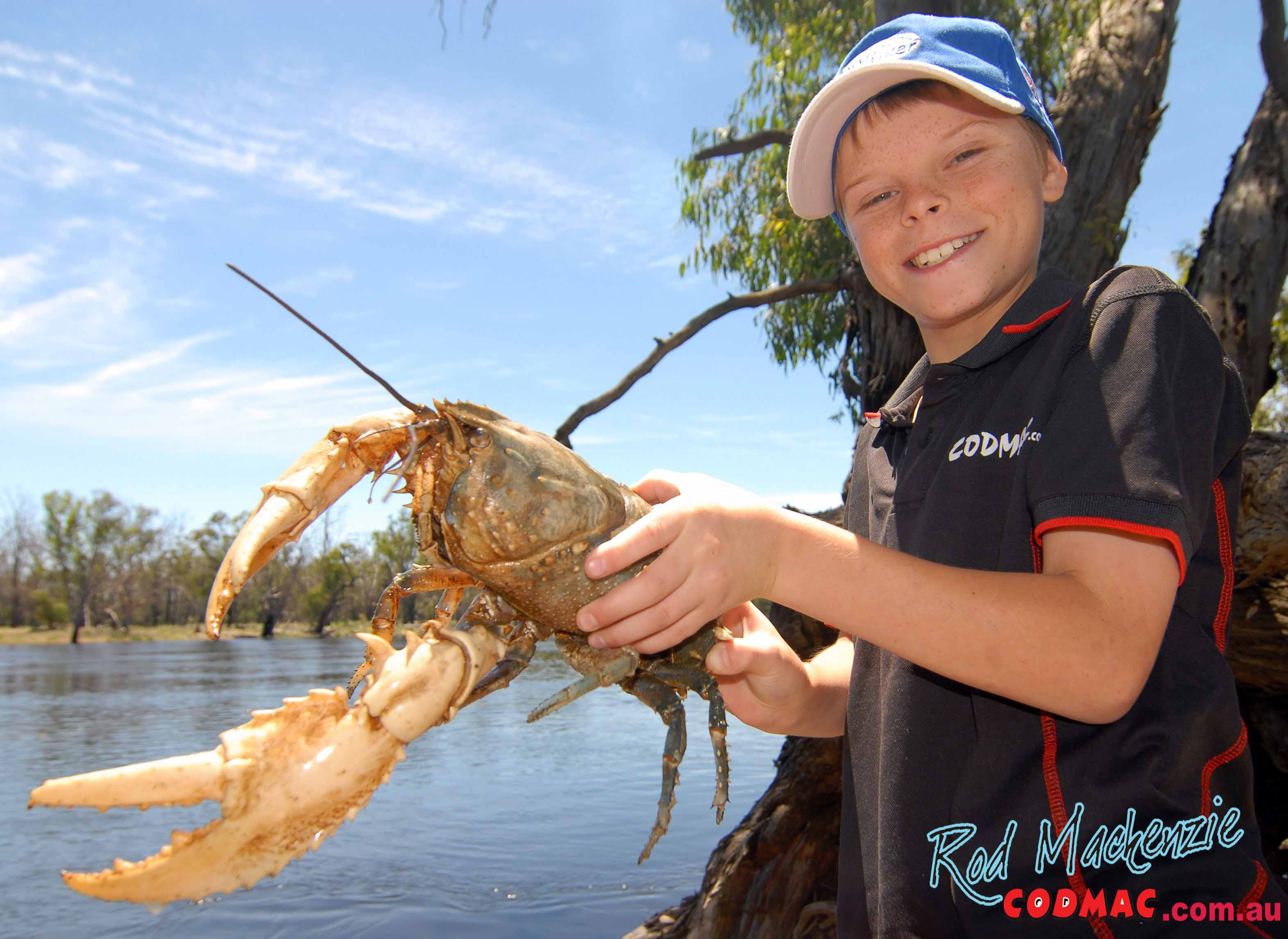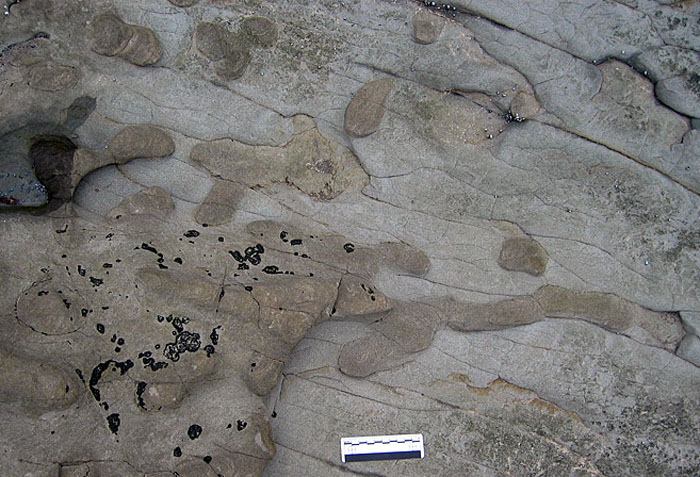Now most are familiar with crayfish, crawdads, mud bugs, yabbies- whatever name they go by in your neck of the woods. They are decapods (hence the resemblance to lobsters) ubiquitous to freshwater habitats throughout the world. Composed of three families, Parastacidae, Cambaridae, and Astacidae. The distribution of Camabaridae and Astacidae is suggestive of Laurasian origin while Parastacidae family is thought to be of Gondwanan stock. Interestingly crayfish are not native to Africa but are found in Madagascar. The southeastern US (330 species family Cambaridae) and the Australasian (100 species family Parastacidae) regions are hotspots for crayfish biodiversity. Unfortunately native crayfish species in many areas are being displaced by invasive species due to both the pet trade, escaped bait, and general ecological misuse. The most commonly indicted culprit is the Louisiana Red Swamp crayfish- Precambarus clarkii- a robust aggressive species that burrows into banks, eats anything, and can even survive brackish waters which is unusual for a crayfish.
 |
| Louisiana Crawfish |
Other notable invasive species include the Rusty crayfish
(Orconectus rusticus), and the Signal Crayfish (Pacifasticus leniusculus)- the latter of which is most notable for ravaging native crawfish stocks in Europe and gets a cameo in a torture scene in the Guy Ritchie film RocknRolla. Both Louisiana and Signal crayfish spread crayfish plague and not to mention crayfish in general may serve as hosts for the chytrid fungus that is devastating amphibians worldwide.
Although pesky American crayfish are causing some unwanted ecological affects in freshwater ecosystems through out the world it is worth noting some of the more unique and often rare extant crayfish- while we still have them around. The largest crayfish, indeed the largest freshwater invertebrate in the world, is by far the Tasmanian giant freshwater crayfish (Astacopsis gouldi)
 |
| Tasmanian Giant Crayfish |
It feeds primarily on rotten logs although there is debate over whether it is seeking the wood itself as a nutrient or the inverts, bacteria, and fungi on the wood ( I suspect the latter). Another notable Australasian crayfish is the prickly looking Murrary crayfish, the second largest crawdaddy in the world. Its rugged design is perhaps due to it being the chief prey of the large Murray cod.
Below is a nice photoshop and then a real pic giving its size and cool spikes.
 |
| Nice photoshop of a Murray |
 |
| Better scale here of a Murray |
Again, like the Tasmanian giant, the Murray is understood to eat primarily dead and decaying vegetable matter. But is it gaining nutrient from the plant itself- of which its proteins are denatured and generally not a good food- or is it actually targeting the bacteria, fungi, and inverts on the plant as a more complete food? This notion that many detritivores are actually subsisting on and targeting the decomposers which live on the susbstrate "food" in question is a recurring theme here and one we will return to later...
But back to the subject at hand which is not giant cryptic crayfish but burrowing crayfish. For our purposes here let us distinguish the types of burrows crayfish utilize. Now many crayfish will burrow into the creek bed and bank, and some will burrow to escape drought in seasonal water courses- but they type I want to talk about in this post are crayfish that do not live in a streams, rivers, ponds or lakes- ephemeral or otherwise. These crayfish actually live on wholly terrestrial environments where they burrow down to actually reach the water table but are not dependent on bodies of water at all. Burrowing crayfish of the type we are talking about here occur in both the northern and southern hemisphere, suggesting it is a successful lifestyle as it has evolved independently in disparate lineages of crayfish.
You rarely see a burrowing crayfish as it only ventures out in especially humid/rainy conditions. But what does give away the presence of burrowing crayfish is the distinctive "chimney"
You rarely see a burrowing crayfish as it only ventures out in especially humid/rainy conditions. But what does give away the presence of burrowing crayfish is the distinctive "chimney"
at the top of their burrow. It is not well understood why this chimney is formed but it has been proposed that it serves a function of humidity control and may be plugged up in especially dry conditions. Burrowing crayfish are indicative of high water tables and the crayfish may burrow several meters to reach them. Morphologically burrowing crayfish look fairly similar to typical water dwelling crayfish but they may have slightly reduced tails due to lack of swimming and fairly robust claws for burrowing purposes. Lifestyle questions abound for burrowing crayfish. I found little resources concerning their diet, reproduction, and possible social interaction. One of the most well studied is the Tasmanian burrowing crayfish- which actually refers to about 15 species in the genus Engaeus. They do not exceed 10 cm in length, have forward pointing pincers for maneuverability, and very reduced tails as seen in the pics below. They are thought to subsist on organic material in the soil as well as occasional prey they stumble upon (worms, bugs).
| Engaeus. Doran & Richards 1996. |
Despite the paucity of information regarding burrowing crayfish there is a well recorded paleontological history of this lifestyle. Stephen Hasiotis of the University of Kansas has done extensive work on crayfish evolutionary history with both trace and actual fossils dating back to the Triassic. His work in the Chinle formation Utah has revealed a surprising diversity of crayfish forms and lifestyles from aquatic to terrestrial. This has pushed back the evolutionary origin of crayfish from the Cretaceous into the Triassic or even Permian and has also raised the question that crayfish are not freshwater lobsters- but lobsters are actually saltwater crayfish!!!
 |
| (c) Anthony Martin. Australia E. Cret Crayfish burrow |
Cheers!!!
Pertinencia
Crayfish Fossils and Burrows from the Upper Triassic Chinle Formation, Canyonland National Park Utah
Tasmanias Burrowing Crayfish
Support me on Patreon.
Like antediluvian salad on facebook.
Watch me on Deviantart @NashD1.Subscribe to my youtube channel Duane Nash.
My other blog southlandbeaver.blogspot.



2 comments:
Interesting crayfish tidbits.
Nice post, keep it up. Hope you are well.
analyzing mercury in ambient air USA
Post a Comment